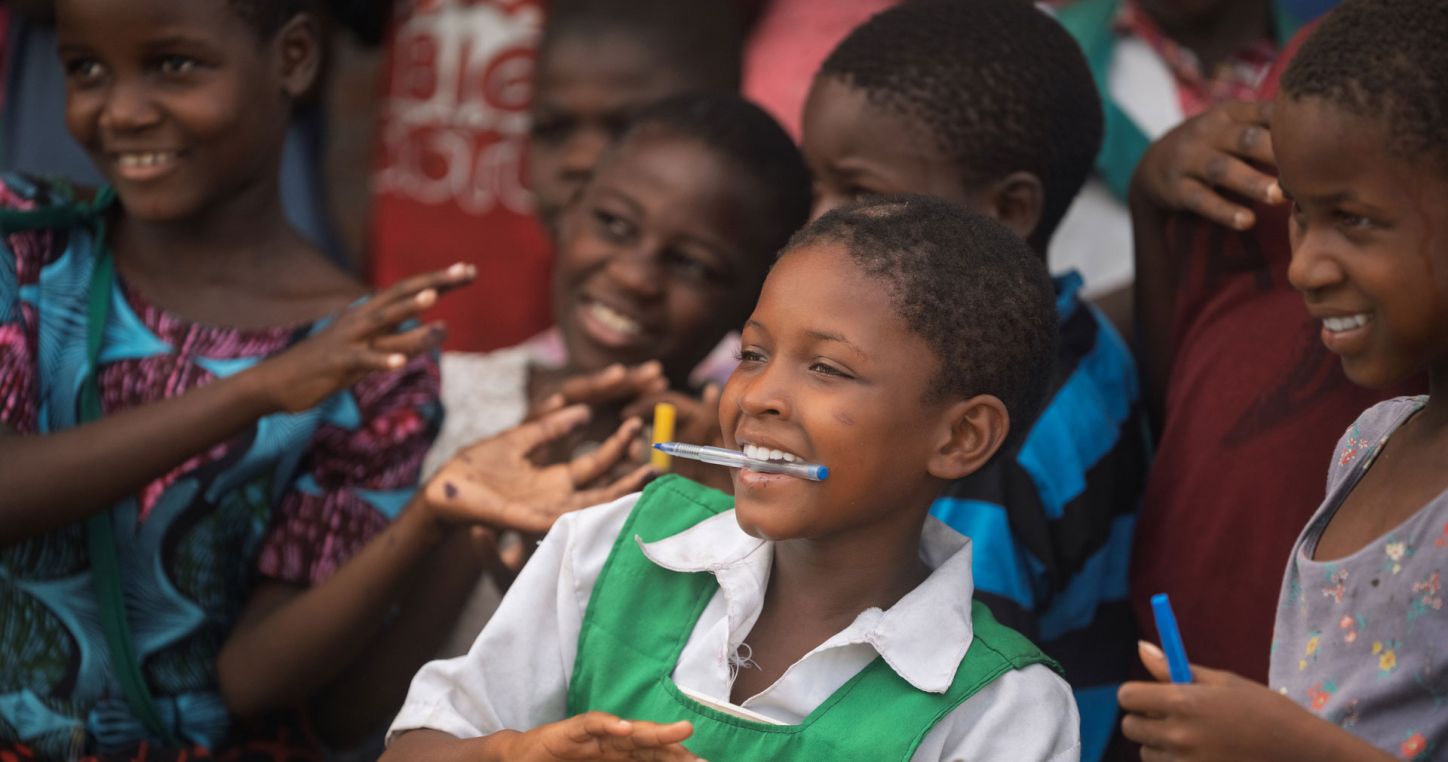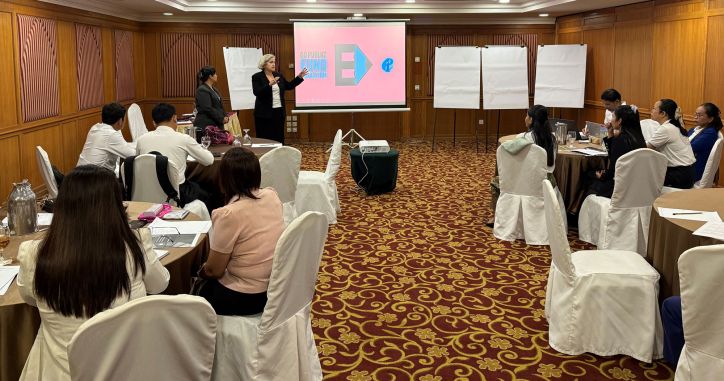Over 1,880 children brought back to school thanks to education unions working to end child labour
Across 6 countries in Africa, education union programmes against child labour are delivering life-changing results. In 2024 alone, over 1,880 former child labourers have been returned to classrooms in project areas in Burundi, Malawi, Mali, Togo, Uganda, and Zimbabwe.
“Education is the most powerful force we have to break the chains of child labour and awaken dreams in every child”, stated Mugwena Maluleke, President of Education International.
Welcoming the results of the EI projects against child labour, Maluleke shared that he was “deeply moved by the unwavering dedication of teachers, school leaders, and unions—true champions who are restoring childhoods and rewriting destinies. Thanks to their courage and compassion, thousands of children have been lifted from hardship and returned to places of warmth, curiosity, and belonging. Each child who walks back into a classroom carries new hope in their heart and the tools to shape a brighter future”.
On the World Day against Child Labour (12 June), Maluleke reaffirmed Education International’s commitment to the cause, stressing that “we will not rest until every child, especially the most vulnerable, is free to learn, play, and thrive—safe in the embrace of an inclusive, quality education".
Mobilising communities against child labour
With support from Education International, the AOb (the Netherlands), the NEA (United States), GEW Fair Childhood Foundation (Germany), and Mondiaal FNV (the Netherlands), education unions in the six African countries are working to create child labour free zones in target areas.
Activities are focused on assessing how many children are not in school, training hundreds of teachers and school leaders on children’s rights and on raising awareness of the negative impact of child labour and the benefits of education, engaging with local people and mobilising the community to act against child labour.
Furthermore, the establishment of children's rights clubs, involving 797 students in the 6 participating countries, empower students to become active advocates for their rights, raising awareness within their schools and communities through activities like street theatre.
Thanks to these efforts, many local chiefs have adopted by-laws that forbid child labour in their villages. Penalties can be imposed on parents who do not send their children to school, such as fines or being banned from attending community events.
The synergy among community groups has been a key factor driving real change.
Bringing young mothers back to school
Unions are also advocating for young mothers to return to school and continue their education. Earlier this year in Erussi (Uganda), UNATU helped 50 young mothers come back to school in one village alone.
To facilitate their return and to keep all girl students in schools and learning, teachers and unionists are working to ensure a safe and gender responsive environment for female students. This involves a host of measures, including introducing gender equality policies in schools, encouraging women to participate in school leadership, building gender segregated toilets, and providing sanitary products for girls.
Positive changes that last and spread
Schools involved in the Education International project report increased enrolment and retention rates compared to the period before the start of the union project. In addition, schools in neighbouring villages are also reporting higher enrolment rates, suggesting that community members feel empowered to lead the fight against child labour in their wider region.
Furthermore, data and testimonies collected by unions in Togo and Malawi from areas where previous projects were implemented show that the effects are long-lasting and sustainable – children did not return to work and enrolment rates remained stable after projects came to an end.
Educators determined to help end child labour
According to a new report from the International Labour Organization (ILO) and the UN Children’s Fund (UNICEF), 138 million children around the world are working, with Sub-Saharan Africa accounting for two thirds of child labour worldwide.
Education and educators are critical to ending child labour everywhere.
“Teachers are the heart of communities around the world. When they are supported and empowered, teachers can end age-old practices, transform communities, and change lives. It is thanks to teachers on the ground that thousands of children are out of work and back in school. Our program won’t stop here. We are determined to lead the way toward a world where all children are in school, where they belong”, stressed David Edwards, General Secretary of Education International.






